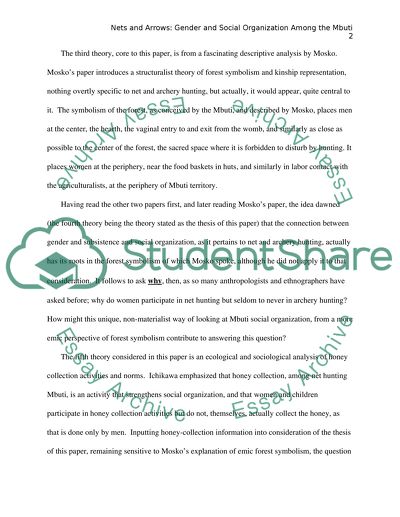Cite this document
(“Cultural Research Paper Example | Topics and Well Written Essays - 2250 words”, n.d.)
Cultural Research Paper Example | Topics and Well Written Essays - 2250 words. Retrieved from https://studentshare.org/anthropology/1435300-cultural-research-paper
Cultural Research Paper Example | Topics and Well Written Essays - 2250 words. Retrieved from https://studentshare.org/anthropology/1435300-cultural-research-paper
(Cultural Research Paper Example | Topics and Well Written Essays - 2250 Words)
Cultural Research Paper Example | Topics and Well Written Essays - 2250 Words. https://studentshare.org/anthropology/1435300-cultural-research-paper.
Cultural Research Paper Example | Topics and Well Written Essays - 2250 Words. https://studentshare.org/anthropology/1435300-cultural-research-paper.
“Cultural Research Paper Example | Topics and Well Written Essays - 2250 Words”, n.d. https://studentshare.org/anthropology/1435300-cultural-research-paper.


